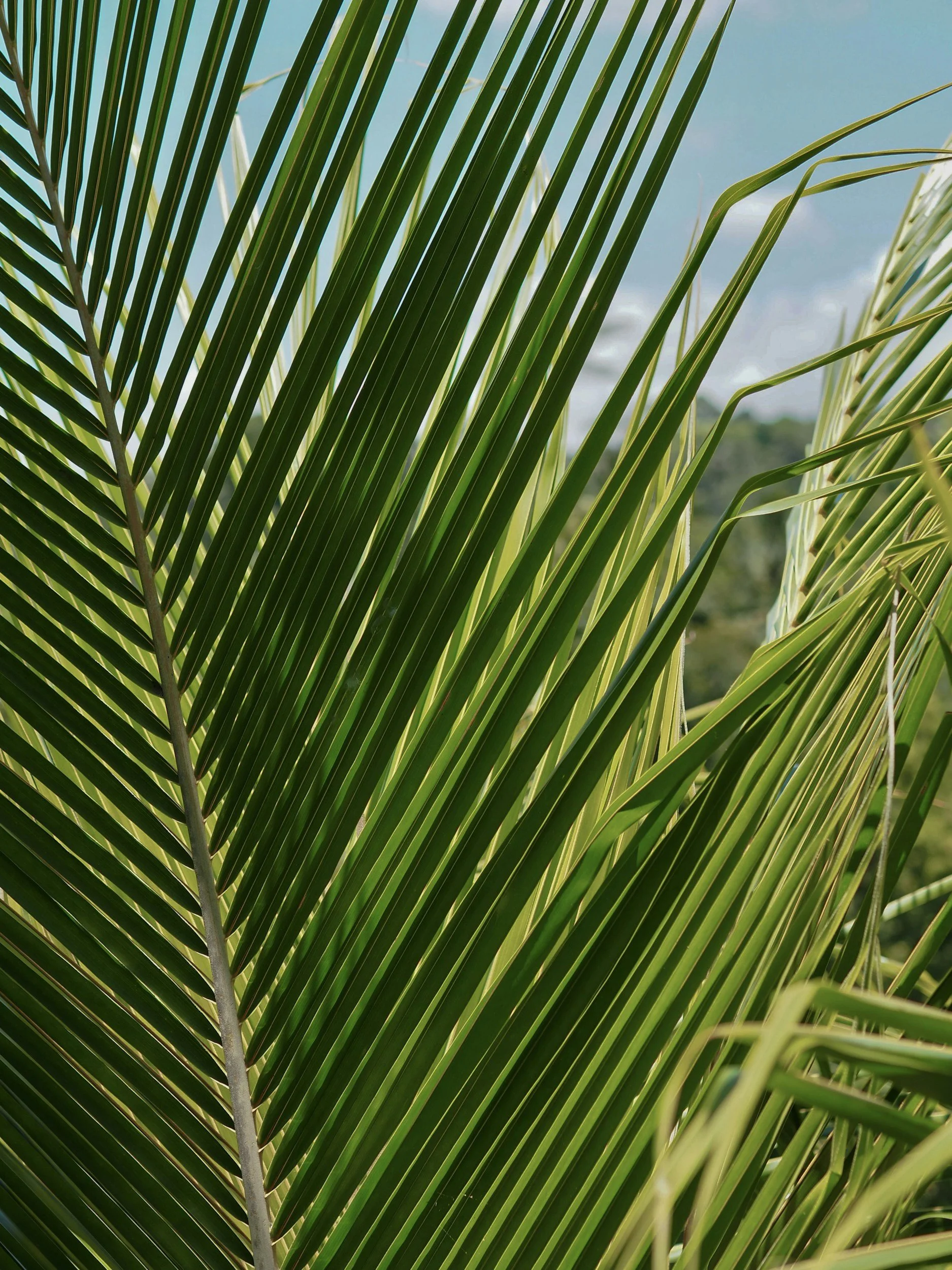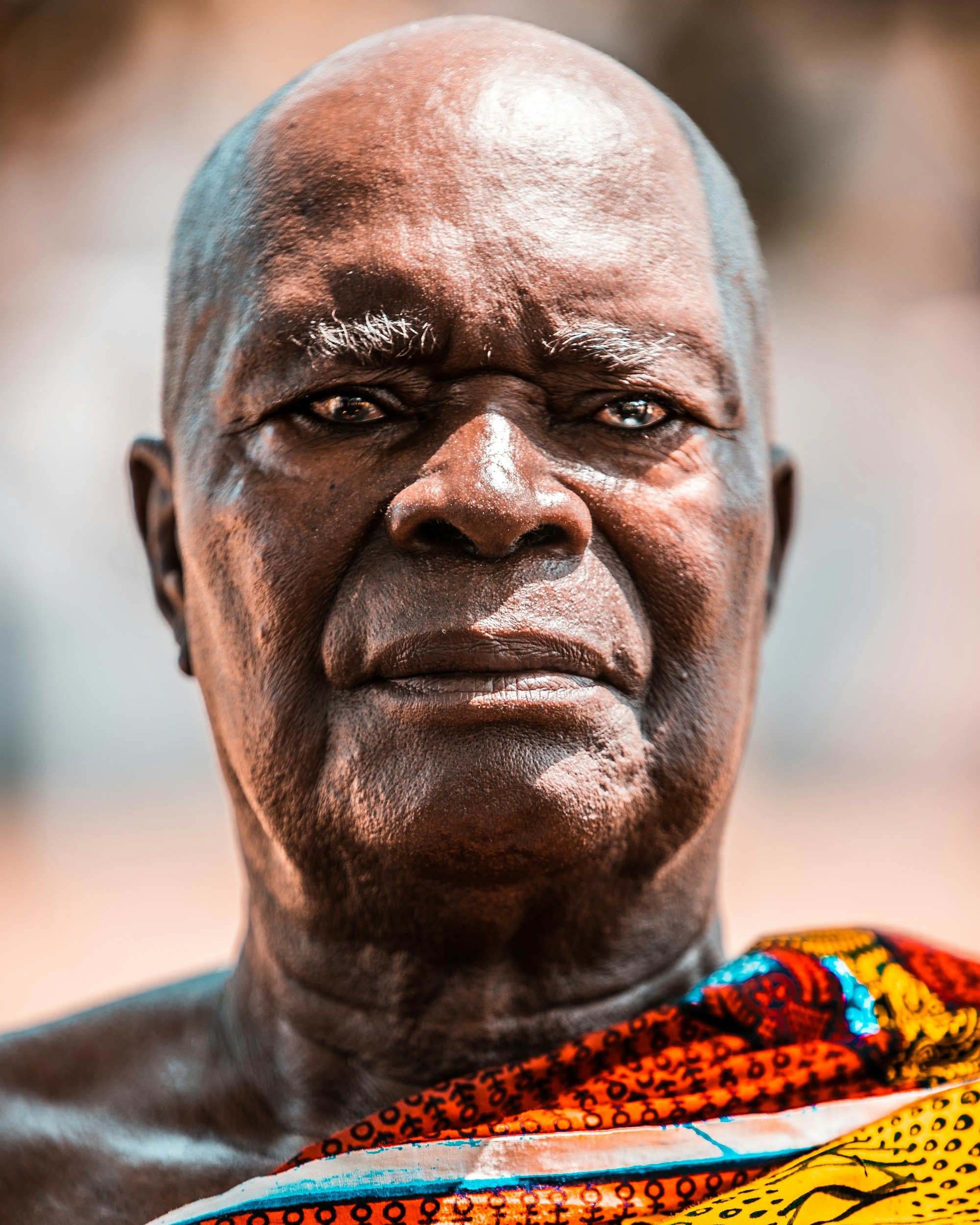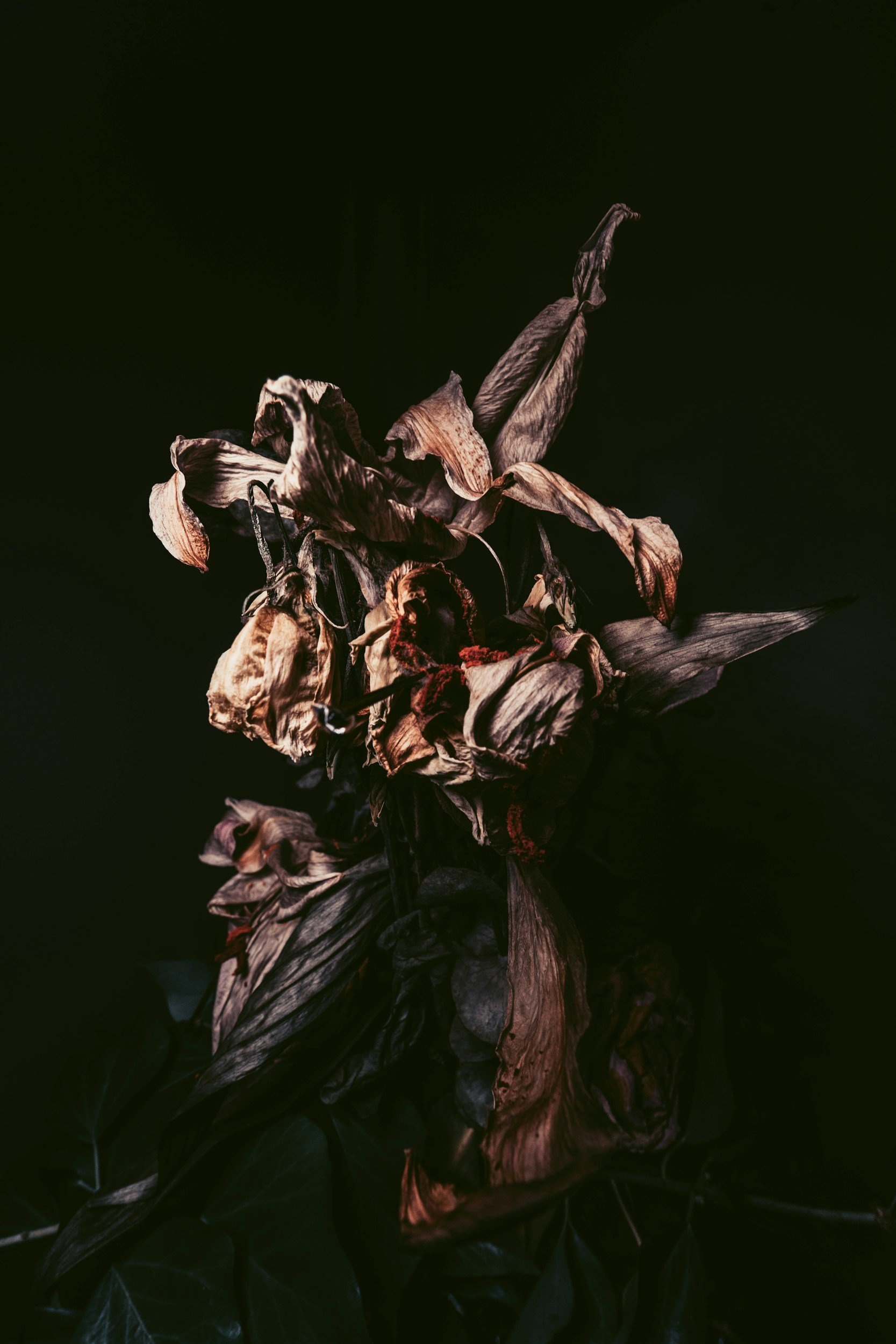Why Omu (Young Palm Frond) Is Actively Used for Masquerades
Across the vast landscape of Igbo culture, few symbols carry the weight and transcendental influence of the Omu (the young palm frond). Though easily overlooked as a simple green strip of nature, the Omu plays a key role in Mmonwu (masquerade) performance, a cultural totem used by the living to commune with and celebrate ancestral spirits.
The presence of Omu in any spiritual setting is never just for decorative purposes, it represents spiritual authority, sacredness, and communication between the visible and invisible worlds.
Omu and the Sacred Preparations
Before a masquerade ever appears in public, elaborate preparatory rites are performed to awaken and “raise” it. During these rites, the Omu is essential. It is used to cleanse, sanctify, and protect the masquerade space, marking boundaries between the sacred and the ordinary. In such situations, the frond becomes a divine medium through which ancestral spirits are invited and honored.
When the masquerade finally emerges, the Omu accompanies it, carried by a special bearer who moves alongside the masked spirit. This bearer acts as a custodian of the sacred energy surrounding the masquerade and helps ensure that both performer and audience remain within the spiritual order the Omu helps to enforce.
A Symbol of Guidance and Communication
Beyond its ceremonial role, the Omu serves as a signal system within the masquerade performance. In the swirl of movement, music, and mystery, the Omu can also help guide the performer, communicating directions, changes in tune, or moments of pause.
Just as the ancestral spirits speak through the masquerade’s movements and gestures, the Omu impacts its own sacred cues, ensuring harmony between the spiritual and the physical.
Omu as a Mark of Spiritual Presence
In Igbo worldview, masquerades are a sacred appearance of the ancestors, a rare time when the departed come close enough to be seen and felt. Whatever form of masquerade they show up in, each manifestation is a vessel for ancestral energy.
During these moments, the Omu stands as a visual reminder of the spirit’s nearness. It is common to see troupe members wearing strips of Omu on their wrists, ankles, or instruments. Drums, flutes, and rattles are adorned with it, not for beauty, but to mark the space as one under spiritual governance.
The Omu is there to signal and warn all present that what is unfolding before them is not mere entertainment but a spiritual affair also at play.
The Language of the Sacred
Wherever it appears, the Omu commands respect. It tells the crowd to behave with awe, reverence, and restraint. In Igbo culture, the Omu represents a taboo marker, a symbol that separates the profane from the divine. Its fluttering green blades announce the proximity of spiritual action. To cross its line carelessly is to risk desecration.
Consequently, the Omu is both a boundary marker and a symbolic bridge, a living signpost between worlds. It guards the sanctity of the masquerade and affirms the sacred identity of those who participate in it.
To Sum It Up
The next time an Igbo masquerade dances into view, watch closely for the Omu, swaying, gleaming, alive. Centuries of spiritual philosophy representing protection, purity, guidance, and ancestral connection is contained in that modest palm frond. Omu (Young Palm Frond) serves as a symbol of reverence in Igbo tradition.

Join Odinani Mystery School for access to Exclusive in-depth teachings on ancient Igbo wisdom and mystical sciences!
Igbo writer, mystic and philosopher.




























